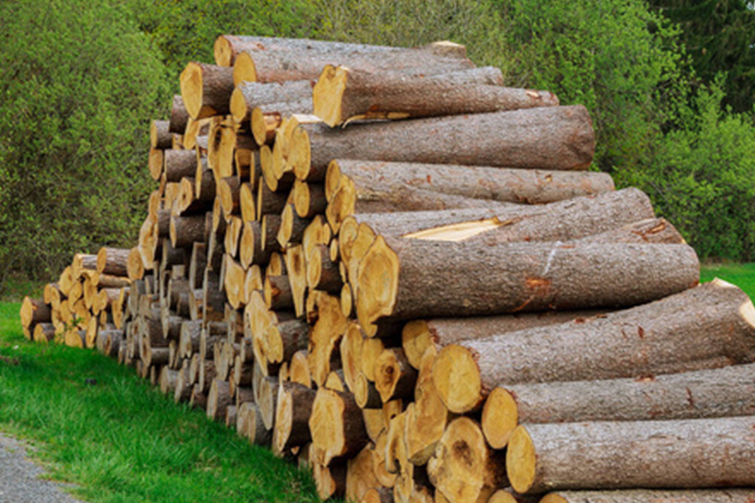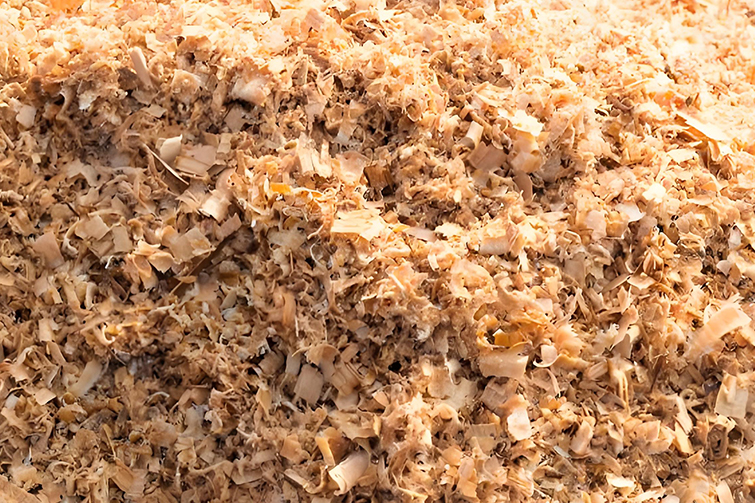

How to Use Straw to Produce Biomass Pellet Fuel: A Step-by-Step Guide
Straw, a common agricultural byproduct, is an excellent raw material for producing biomass pellet fuel. Converting straw into pellets not only provides a renewable energy source but also helps manage agricultural waste effectively. This guide outlines the step-by-step process to produce biomass pellets from straw.
Why Use Straw for Biomass Pellets?
Straw is abundant, renewable, and contains significant energy content, making it ideal for pellet fuel production. It can be sourced from various crops, including wheat, rice, barley, and corn. Straw pellets are used for residential heating, power generation, and as animal bedding.
Step-by-Step Process to Produce Biomass Pellet Fuel from Straw
- Raw Material Collection
- Drying
- Grinding
- Pelletizing
- Cooling
- Screening
- Packaging and Storage
1. Raw Material Collection
Collecting and Sorting
- Source: Gather straw from farms or agricultural fields. Ensure the straw is clean and free from contaminants like soil, stones, or other debris.
- Types: Use different types of straw (e.g., wheat, rice, barley) either separately or in a blend, depending on the desired pellet quality and availability.
Transportation
- Baling: Often, straw is baled to facilitate transportation and storage. Use machinery like balers to compress straw into manageable bales.
- Logistics: Arrange for efficient transportation of the baled straw to the processing facility.
2. Drying
Importance of Drying
- Moisture Content: Ideal moisture content for pelletizing is between 10-15%. High moisture can affect pellet quality and increase the risk of mold during storage.
Drying Methods
- Air Drying: Spread straw in the sun or under a ventilated area to reduce moisture naturally.
- Mechanical Drying: Use drum dryers or flash dryers for quicker and more controlled drying. These machines use heated air to reduce moisture content efficiently.
3. Grinding
Grinding Process
- Purpose: Grinding reduces the straw to a fine, uniform size, which is necessary for efficient pelletizing and consistent pellet quality.
- Equipment: Use hammer mills, chippers, or shredders to break down straw into small particles. The optimal size is typically less than 5 mm in diameter.
Considerations
- Particle Size: Ensure the ground straw particles are uniform in size to avoid issues during the pelletizing process.
- Screening: After grinding, screen the material to remove oversized particles and ensure uniformity.
4. Pelletizing
Pellet Mill Selection
- Flat Die Pellet Mills: Suitable for small-scale or home production. They are simple to operate and cost-effective for low volumes.
- Ring Die Pellet Mills: Best for large-scale production. These mills are efficient, provide high throughput, and are ideal for commercial pellet production.
Pelletizing Process
- Feeding: Feed the ground straw into the pellet mill.
- Compression: The mill's die and rollers compress the straw under high pressure and temperature, causing the material to bond and form dense pellets.
- Extrusion: The compressed material is extruded through the die holes, cutting the pellets to the desired length.
Temperature and Pressure
- Control: Monitor and adjust the temperature and pressure during the process to ensure optimal pellet density and quality.
- Lubrication: In some cases, add a small amount of lubricant (like vegetable oil) to improve the extrusion process.
5. Cooling
Cooling Process
- Why Cool?: Freshly extruded pellets are hot and soft. Cooling them stabilizes the structure and reduces the risk of deformation.
- Methods: Use counterflow coolers or natural air cooling systems to bring the pellets to ambient temperature.
Handling
- Prevent Breakage: Handle the pellets gently to avoid breaking them during the cooling process.
- Storage: Ensure the cooled pellets are kept in a dry, clean environment to maintain their integrity.
6. Screening
Screening Process
- Purpose: Remove fines (small, broken pieces) and dust from the pellets to ensure uniform size and quality.
- Equipment: Use vibrating screens or rotary screens to separate the fines from the pellets.
Reprocessing
- Reuse: Collect the fines and reintroduce them into the pelletizing process, reducing waste and improving overall efficiency.
7. Packaging and Storage
Packaging
- Bulk or Bags: Depending on your market and scale, package the pellets in bulk containers or small bags.
- Labeling: Clearly label the packages with relevant information, including weight, type of straw, and production date.
Storage
- Dry Conditions: Store the pellets in a dry, well-ventilated area to prevent moisture absorption and mold growth.
- Avoid Compression: Stack the bags or containers in a way that avoids compressing the pellets and potentially causing breakage.
Considerations for Producing High-Quality Straw Pellets
- Consistent Raw Material Supply: Ensure a steady and consistent supply of high-quality straw to avoid interruptions in production and maintain pellet quality.
- Moisture Control: Regularly monitor and control the moisture content of the raw material and the pellets to achieve optimal performance and storage stability.
- Machine Maintenance: Regularly maintain and clean the pelletizing equipment to prevent breakdowns and ensure consistent pellet production.
- Process Optimization: Continuously optimize the production process to improve efficiency, reduce waste, and enhance pellet quality.
Conclusion
Producing biomass pellet fuel from straw is a sustainable way to utilize agricultural waste while contributing to renewable energy solutions. By following the outlined steps—collection, drying, grinding, pelletizing, cooling, screening, and packaging—you can efficiently convert straw into high-quality biomass pellets. Each step is crucial for ensuring the pellets' performance and longevity, making this process a viable and eco-friendly alternative to conventional fossil fuels.
For further information or assistance with biomass pellet production, please reach out to our experts who can provide detailed guidance and support tailored to your specific needs.





